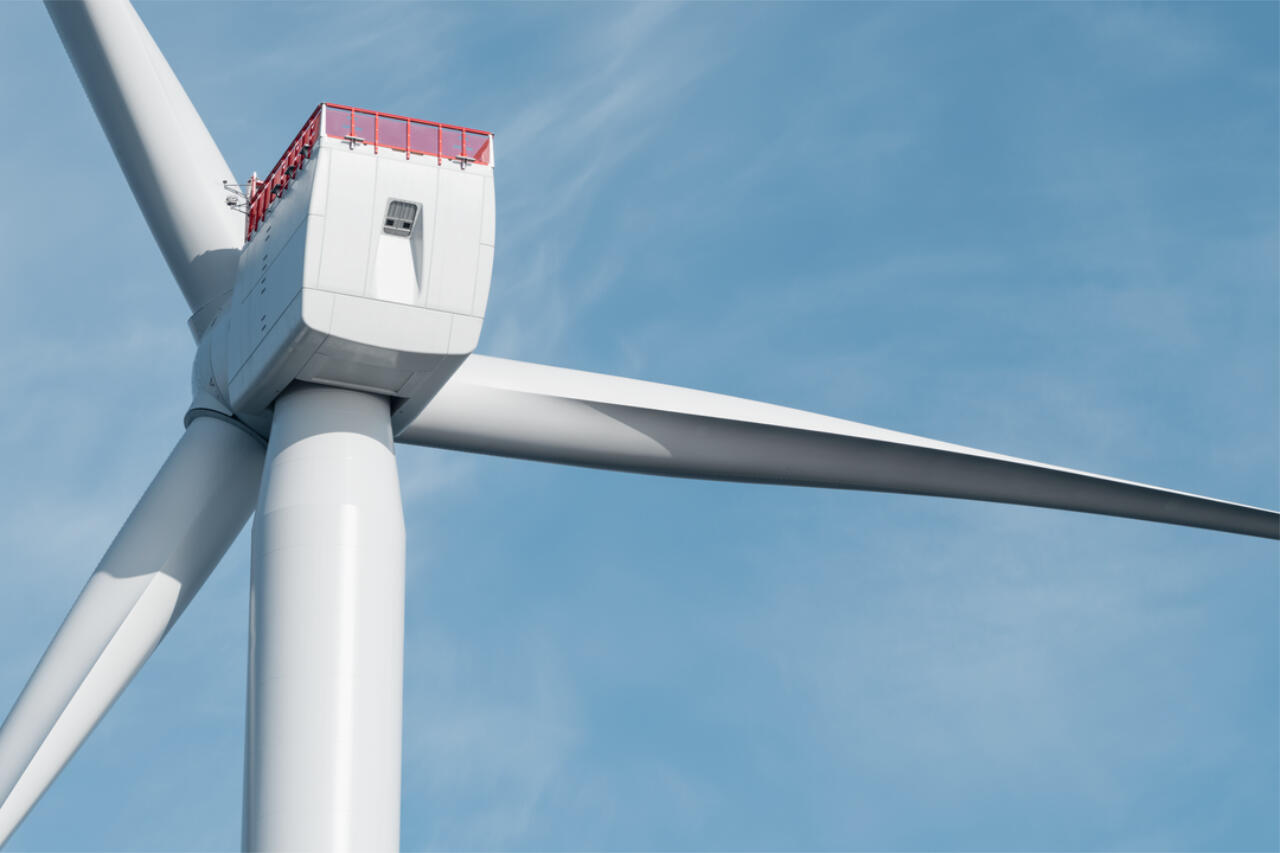
Electricity from Borkum North Sea Wind
1,610 megawatts of capacity - spread over two offshore wind farms - that's what two of Vattenfall's current large-scale projects in the North Sea off Borkum will bring. Like the largest wind farm to date, Hollandse Kust Zuid, these are also to operate without subsidies.
October 2023
Out in the North Sea, off the coast of Borkum, Vattenfall is building two wind farms that together will meet the annual electricity needs of 1.7 million average households. By 2028, all turbines are to be connected to the German grid and supply electricity. In total, Vattenfall is thus expanding electricity generation from wind energy to almost six gigawatts.
Partnerships for fossil-free electricity and financial security
Just like the 1,520 MW Hollandse Kust Zuid wind farm before it, the two new German wind farms are under a good star because they will operate without subsidies. Here, too, we are pursuing the goal of tendering for Corporate Power Purchase Agreements. For us as investors, these long-term contracts offer financial security - for the buyer, they provide access to renewable energies. In this way, long-term commitments such as PPAs make a significant contribution to the decarbonization targets of our industrial partners. We take our goal of achieving a fossil-free life within a generation seriously and want to achieve this not only for ourselves but also to support our customers in doing so.
Difficult financial environment for wind farms
Vattenfall had already acquired rights to wind areas in the North Sea in 2016 and 2017, at that time still under the names "Global Tech II" and "Atlantis I". In the course of the switch to tendering procedures, the areas N-7.2 and N-6.6 were auctioned off by the German Federal Network Agency (BNetzA) - and Vattenfall exercised its legally regulated right of entry for the development and construction of the areas. This is far from a foregone conclusion at present, as the general conditions are changing rapidly: inflation, rising interest rates, structural supply bottlenecks and strained supply chains pose major risks for wind projects. Therefore, the right of entry, a kind of preferential right to build the wind farm, is not always used - not even by Vattenfall.
Positive names for positive projects
In the course of the wind farm acquisition, we changed the name of the wind farms: Traditionally, it is customary for offshore wind projects to be given individual names - Nordlicht I and Nordlicht II stand for the location of the wind farms in the North Sea and the light as a symbol for the electricity generated.
Do you have questions about Vattenfall's offshore wind farms in the North Sea? Please feel free to contact us!
<a class="arrow">renewables@vattenfall.de</a>